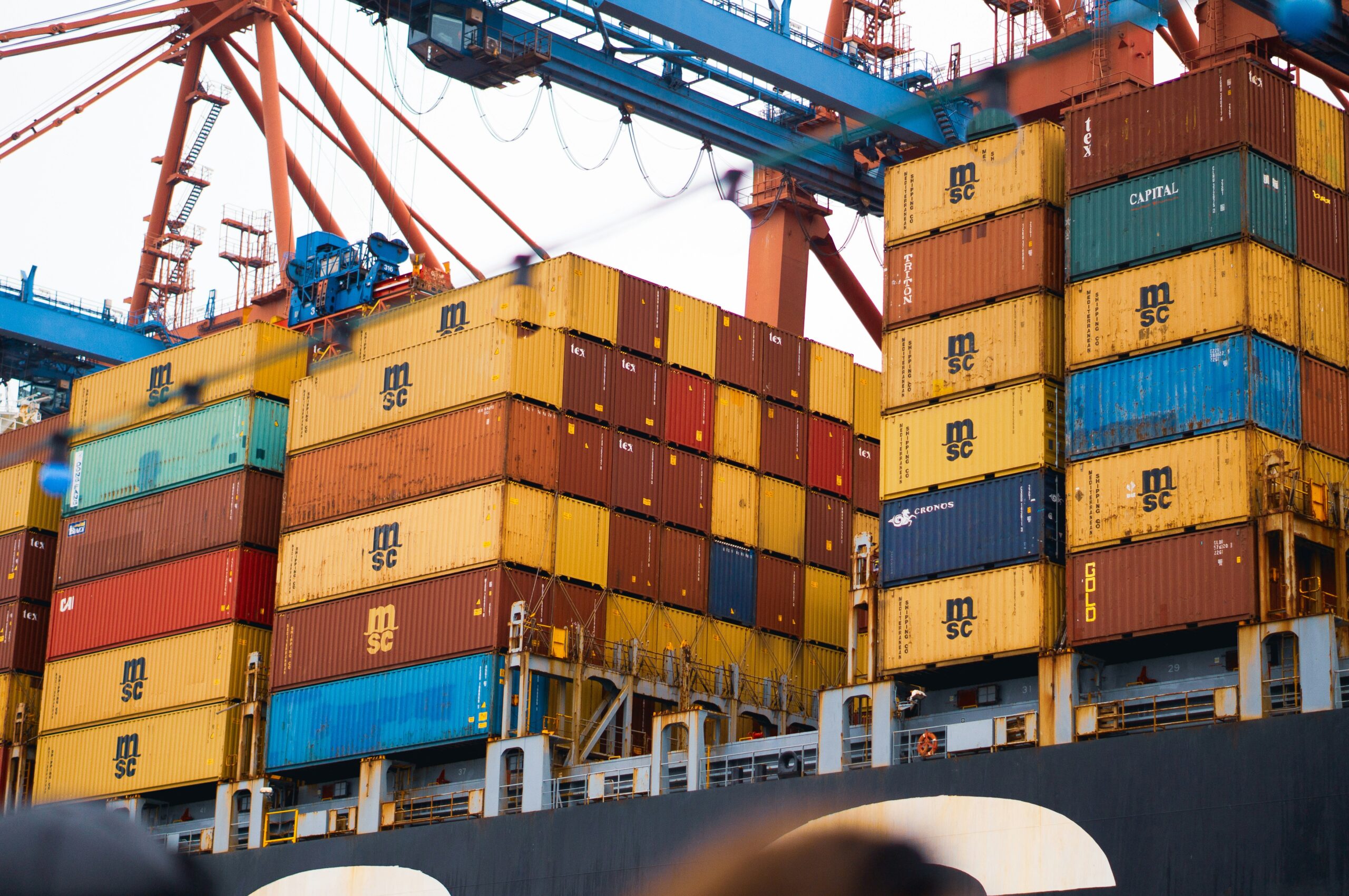The underperforming agricultural industry in Libya imports goods worth over 1.5 billion dollars per year, including food, feed, and fiber. The EU27 retains a 40% market share and is Libya’s biggest trading partner. In Libya, American food items have a good reputation. According to several food sellers, Libyan consumers think American cuisine is of a high caliber, giving American goods a competitive advantage. Although the U.S. market share is now only 2%, there are opportunities to increase it. Since 1963, Libya has often had a positive trade balance. Although agricultural items, hides, and skins are also exported, crude petroleum accounts for almost all of its exports. Farm machinery, consumer products, agricultural commodities, and equipment for the oil and construction industries are all imported. China, South Korea, Turkey, Italy, and the neighboring countries of Egypt and Tunisia are the nation’s top import partners. Nearly all petroleum exports typically go to Italy, Egypt, other members of the European Union, and the United States.

Requirements for cargo notification
Libya is one of many nations that have implemented a required cargo notice system due to an increased awareness of the need for security procedures. It must be submitted at least 24 hours before a vessel or aircraft arrives at the customs office of entry. Usually completed by shipmasters, airlines, carriers, or freight companies. Without prior warning, goods may be refused entry or face lengthy delays in the customs processing process. Each maritime freight shipment imported into Libya must also comply with the aforementioned regulations and be protected by an electronic cargo tracking note (ECTN). Through the governmental agency Teaser, the shipper and freight firm must register. The ECTN keeps track of the shipment as it travels to Libya and notifies the Libyan customs authorities in advance of its arrival. Since 1963, Libya has often had a positive trade balance. Although agricultural items, hides, and skins are also exported, crude petroleum accounts for almost all of its exports. Farm machinery, consumer products, agricultural commodities, and equipment for the oil and construction industries are all imported. China, South Korea, Turkey, Italy, and the neighboring countries of Egypt and Tunisia are the nation’s top import partners.
Nearly all petroleum exports typically go to Italy, Egypt, other members of the European Union, and the United States.
Major exports from Libya
Crude oil ($5.46 billion), gold ($1.65 billion), petroleum gas ($717 million), scrap iron ($104 million), and refined oil ($98.1 million) are Libya’s top exports, with the majority going to Italy ($1.77 billion), Turkey ($1.65 billion), the United Arab Emirates ($887 million), Germany ($768 million), and China ($712 million).
Anyone or any organization that wants to start exporting from Libya can do so by adhering to the streamlined processes established by the government. However, depending on the nature of the product, some commodities for export may be subject to specific formalities, licensing requirements, quality or packaging regulations, or other restrictions. For the import and export of commercial goods into and out of Libya, a registered business with the appropriate license for the company is required. Libyan Customs is in charge of efficiently collecting goods taxes, carrying out customs regulations, enabling legal trade, and safeguarding Libya’s society and legitimate commercial endeavors. For the business to prevent missing shipments, port demurrage fees, or fines, all export documents must be correctly filled out. To meet the regulations of the import or export country, the documentation might need to be written differently. For efficient import and export processes, it’s crucial to understand the proper paperwork.
Export procedure stages
There are typically three stages to the export procedure in any nation.
- The one-time registration process for an export license.
- Documentation requirements for export.
- Formalities for export customs clearance.
Export Customs clearance documentation must be prepared by the exporter, the exporter’s customs broker, or both, as defined by the exporting country’s customs. A customs bond, if necessary, for the export of particular commodities to obtain government import subsidies from the exporting nation.
Legal Undertaking (LUT)
If necessary, to export particular products to satisfy governmental demands and obligations or to obtain export benefits from the government of the exporting country.
Customs declarations
Where applicable, export customs clearance declarations in the exporting country’s government-specified format. If necessary, an export license must be secured from a government organization in the exporting nation. Exporting nation’s exporters and foreign buyers of goods exchange a purchase order or letter of credit.
Certificates of Inspection, if applicable
Some importers require the exporter (seller) to have the export goods inspected by an internationally renowned inspection agency, such as SGS, BVQI, or another Quality inspecting agency, etc. before they are sent to the exporting country via LC or Purchase Order.



